Aging Population
The demographic shift towards an aging population is significantly influencing the Foot Orthotic Insole Market. As individuals age, they often experience a decline in foot health, leading to conditions such as arthritis and reduced mobility. This demographic trend is expected to drive the demand for foot orthotic solutions, as older adults seek products that enhance comfort and support. Data indicates that by 2030, the number of people aged 65 and older will reach approximately 1.5 billion, creating a substantial market for foot care products. Companies are likely to respond by innovating and tailoring their offerings to meet the specific needs of this age group. The Foot Orthotic Insole Market stands to gain from this growing segment, as it aligns with the broader trend of prioritizing health and wellness among older adults.
Rising Sports Participation
The increasing participation in sports and physical activities is a notable driver for the Foot Orthotic Insole Market. As more individuals engage in running, hiking, and other athletic pursuits, the demand for supportive footwear solutions rises. Athletes and fitness enthusiasts are increasingly aware of the importance of proper foot support to prevent injuries and enhance performance. Market data suggests that the sports footwear segment is projected to grow significantly, with orthotic insoles becoming a popular choice among athletes seeking to optimize their training. This trend is prompting manufacturers to develop high-performance insoles that cater to the specific needs of athletes, thereby expanding their market reach. The Foot Orthotic Insole Market is likely to benefit from this surge in sports participation, as consumers prioritize both comfort and functionality in their footwear.
Growing E-commerce Platforms
The expansion of e-commerce platforms is reshaping the Foot Orthotic Insole Market. With the increasing reliance on online shopping, consumers are more inclined to purchase orthotic insoles through digital channels. This shift is facilitated by the convenience of online shopping, as well as the availability of a wider range of products. Market analysis indicates that e-commerce sales in the footwear sector are expected to grow substantially, providing opportunities for brands to reach a broader audience. Additionally, online platforms often feature customer reviews and detailed product information, which can influence purchasing decisions. As a result, manufacturers are likely to enhance their online presence and marketing strategies to capitalize on this trend. The Foot Orthotic Insole Market is thus benefiting from the growing e-commerce landscape, as consumers increasingly turn to online solutions for their foot care needs.
Increasing Prevalence of Foot Disorders
The rising incidence of foot disorders, such as plantar fasciitis and flat feet, is a primary driver for the Foot Orthotic Insole Market. As more individuals experience discomfort and pain related to these conditions, the demand for orthotic insoles is likely to increase. According to recent health statistics, approximately 20% of adults experience foot problems at some point in their lives. This growing awareness of foot health is prompting consumers to seek solutions that provide comfort and support. Consequently, manufacturers are focusing on developing specialized insoles that cater to various foot conditions, thereby expanding their product offerings. The Foot Orthotic Insole Market is thus positioned to benefit from this trend, as healthcare professionals increasingly recommend orthotic solutions to alleviate pain and improve mobility.
Technological Innovations in Product Development
Technological advancements in materials and manufacturing processes are transforming the Foot Orthotic Insole Market. Innovations such as 3D printing and the use of advanced materials are enabling the production of customized insoles that provide superior comfort and support. These technologies allow for precise fitting, which is crucial for addressing individual foot conditions. Furthermore, the integration of smart technology into insoles, such as pressure sensors and activity tracking, is gaining traction among consumers. This trend not only enhances the functionality of orthotic insoles but also appeals to tech-savvy individuals seeking personalized solutions. As manufacturers continue to invest in research and development, the Foot Orthotic Insole Market is poised for growth, driven by the demand for innovative and effective foot care products.



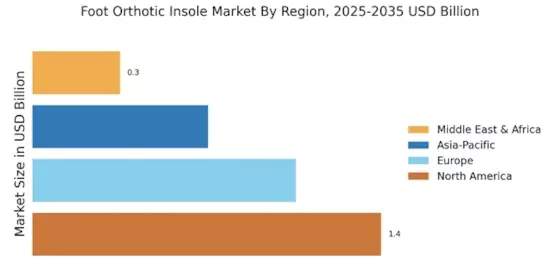
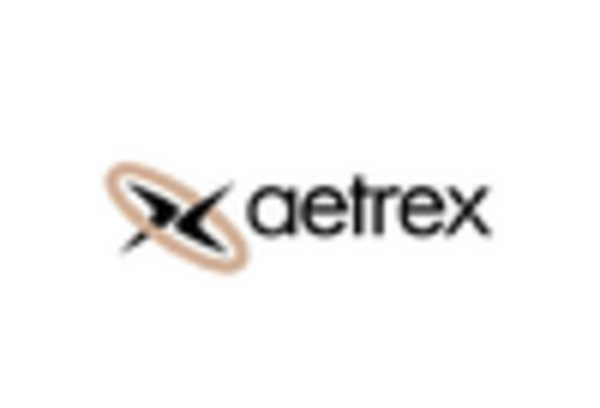
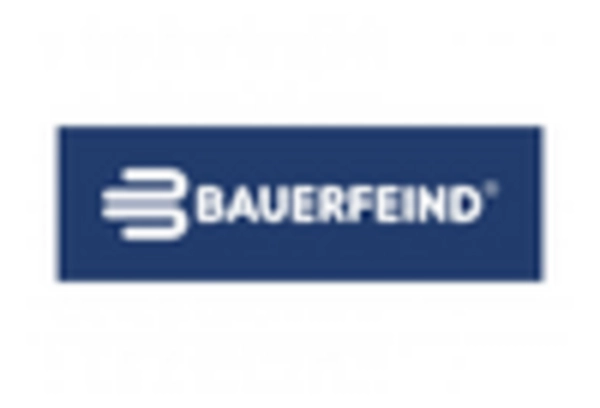

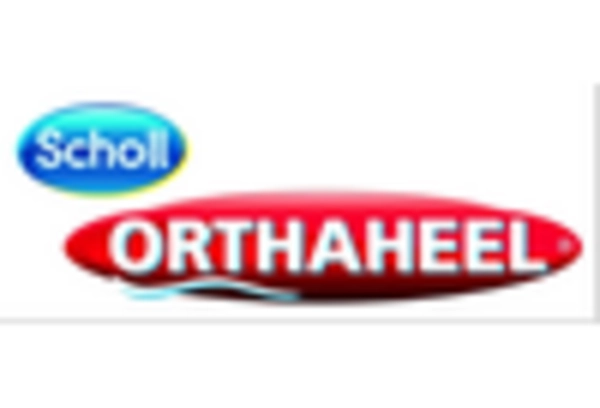
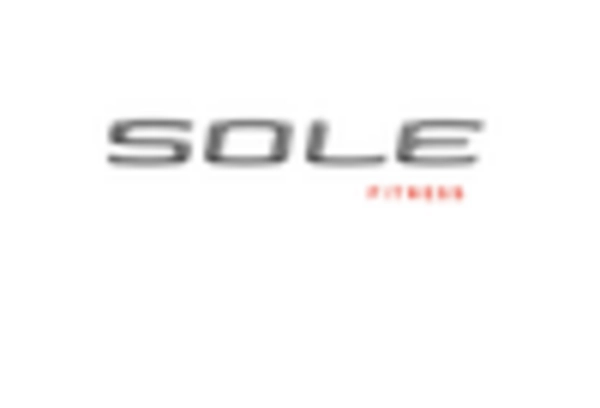









Leave a Comment